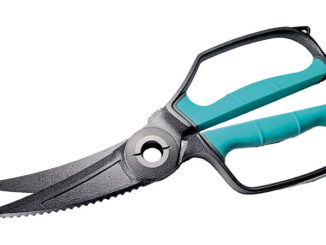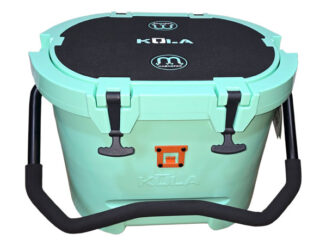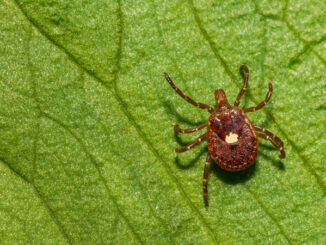
Capt. Steve Smith shares his thoughts on effective artificial lures
Speckled trout fishing out of Cypremort Point is finicky, dependent upon the level of the Atchafalaya River and the quality and salinity of the water in and around Vermilion Bay.
In this excerpt from Trout Masters Too: How the pros do it, Capt. Steve Smith with Stillwater Outfitters shares his thoughts on effective artificial lures for specks around Cypremort Point.
Here are his thoughts:
Smith ties 36 inches of 18-pound fluorocarbon leader directly to his main line without using a swivel. The fluorocarbon provides a little forgiveness with stretch to set the hook and, in his words, “is completely invisible.”
Terminal tackle for Smith is invariably artificial lures, something typical of Cypremort Point speckled trout fishermen. He relies heavily on topwater plugs and queen-sized paddle-tailed soft plastics, with the latter being his bread-and-butter lures. Plastics are rigged on 1/4-ounce unpainted jigheads unless very strong currents are present, in which case he uses 3/8-ounce heads. Jigheads are tied to the leader in a loop knot to allow maximum movement of the lure.
Smith’s favorite color is what he calls “LSU” and the lure maker calls plumtreuse, a color he first tried when a tackle store marked them down to 88 cents a pack — probably because no one would buy them. Admittedly, the purple-backed, yellow-bellied lures are close to being ugly.
Generally speaking, he prefers darker soft-plastic colors such as plumtreuse, glow, tuxedo or motor oil in murkier water and clearer baits such as cock of the walk, laguna glass or cotton candy purple in clearer waters.
His theory is that if the water is dark, the bait needs to be dark enough to cast a silhouette or shadow. Such baits used in clear water, however, would be too visible to the fish to provoke strikes. Under those conditions, he feels clearer baits most resemble translucent live bait such as young pogies and other fish.
Smith is creative with his soft-plastic jig retrieves, varying the cadence continually until he finds the presentation the fish prefer. Sometimes he slowly drags his lure smoothly on the bottom or swims it steadily just above the bottom. Other variations include slowly hopping or fast, high twitching the lure off the bottom.
When the lure is twitched or hopped, he notes, trout usually hit it on the fall, when the most amount of slack is in the line and the bite is hardest to feel. Subtle bites may be a tap or even just a presence of something on the other end of the line — not a pull and not a tap. These types of bites become more common as fall wears into winter and the water gets colder.
Smith’s favorite tides vary by area. When he fishes inside, he favors a falling tide that pulls bait species out of the marsh and makes fish active. When he fishes nearshore outside reefs, his preference is for a rising tide because it brings in clearer offshore water as well as bait. For fishing rigs and offshore shoals neither tide is better than the other, so long as the water is moving.
He likes mid-range tides of .8 to 1.2 feet. When tides are strong, especially if coupled with wind, hard currents can create difficult fishing conditions.
Learn more about how the best guides and anglers across the Louisiana coast catch trout day in, day out by purchasing the Trout Masters Tool Kit, which includes a special package price for Trout Masters: How Louisiana’s Best Anglers Catch the Lunkers and Trout Masters Too: How the pros do it.


